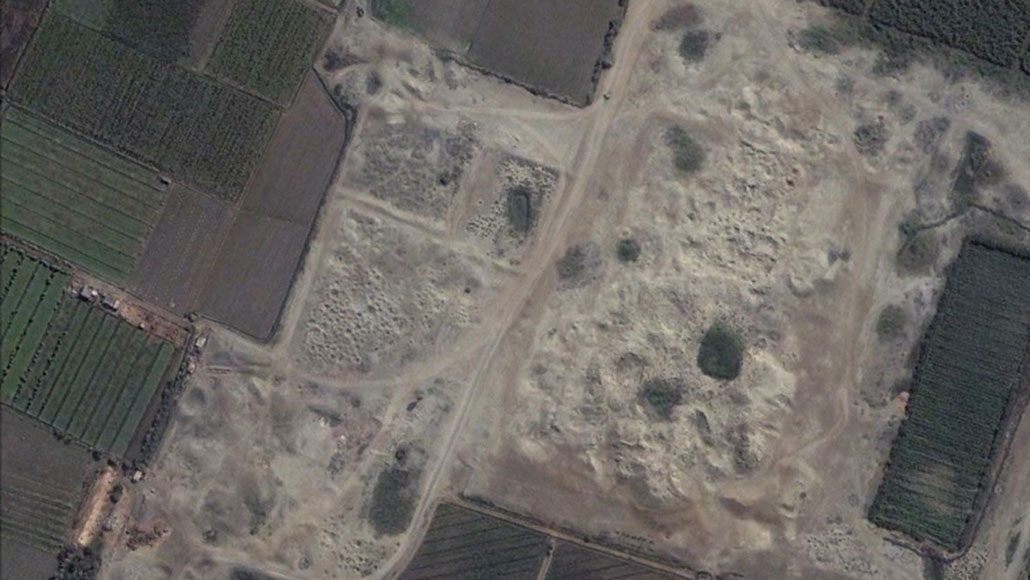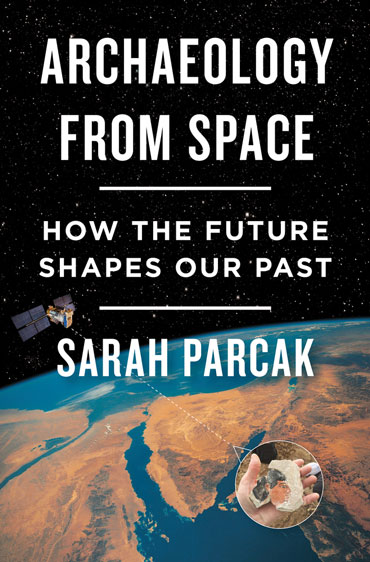Satellites are transforming how archaeologists study the past
‘Archaeology from Space’ describes how remote sensing helps locate and monitor ancient sites

WATCHING YOU In a satellite image, pockmarks across an archaeological site, such as this one in Peru, are telltale signs of pits dug by looters looking for artifacts.
Courtesy of GlobalXplorer and DigitalGlobe








